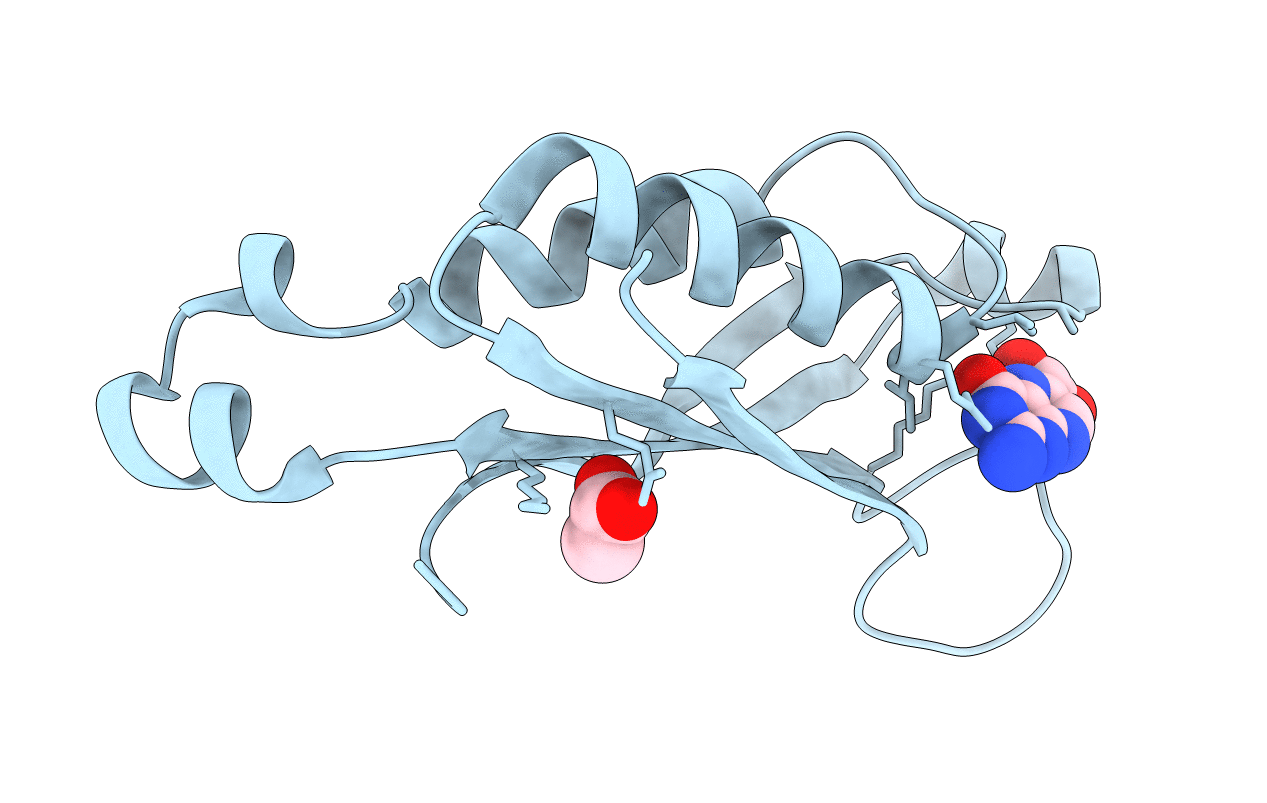
Deposition Date
2006-10-20
Release Date
2007-09-04
Last Version Date
2023-08-30
Entry Detail
PDB ID:
2NM3
Keywords:
Title:
Crystal structure of dihydroneopterin aldolase from S. aureus in complex with (1S,2S)-monapterin at 1.68 angstrom resolution
Biological Source:
Source Organism:
Staphylococcus aureus (Taxon ID: 1280)
Host Organism:
Method Details:
Experimental Method:
Resolution:
1.68 Å
R-Value Free:
0.26
R-Value Observed:
0.22
Space Group:
I 4 2 2


